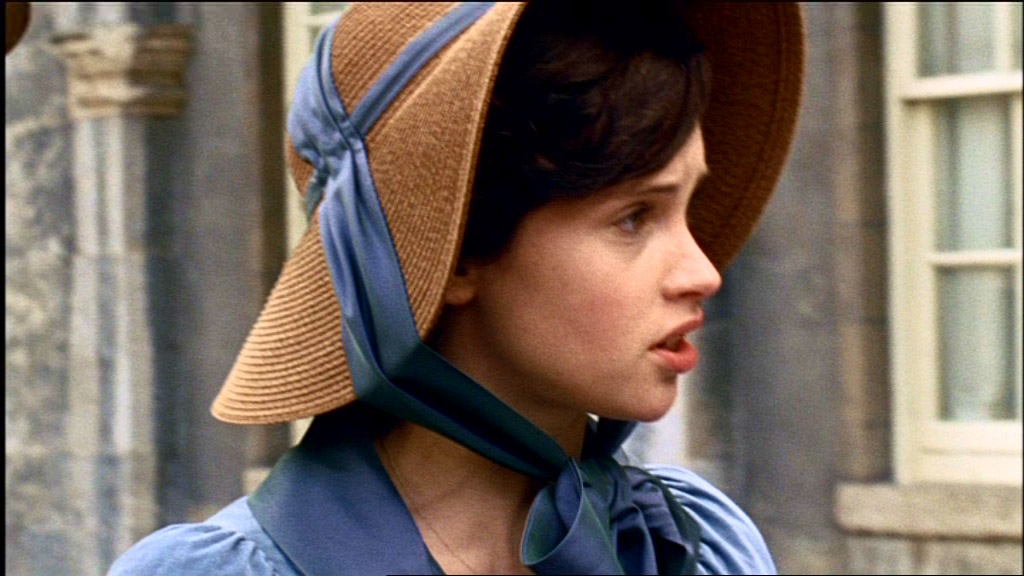

Until now the novel, published posthumously in 1817, has somehow escaped notice on websites where readers can check for warnings contributed by literature’s survivors.


This unique edition holds appeal not just for "Friends of Jane" but for all readers looking for a fuller engagement with Austen's extraordinary first novel.For some readers it may be a narrow escape. A wealth of color images bring to life Bath society in Austen's era-the parade of female fashions, the carriages running over open roads and through the city's streets, circulating libraries, and nouveau-riche country estates-as well as the larger cultural milieu of Wolfson's running commentary will engage new readers while offering delights for scholars and devoted Janeites. The 1818 text, whose singularly frustrating course to publication Wolfson recounts, is the basis for this freshly edited and annotated edition. Was published months after Austen's death in July 1817, together with The first of Austen's major works to be completed (it was revised in 1803 and again in 1816-17), In her lively introduction to this newest volume in Harvard's celebrated annotated Austen series, Susan Wolfson proposes that Austen's most underappreciated, most playful novel is about fiction itself and how it can take possession of everyday understandings. Away from home for the first time, on a visit to Bath with family friends, Catherine, a passionate consumer of novels (especially of the gothic variety), encounters a world in which everything beckons as a readable text: not only books, but also conversations and behaviors, clothes, carriages, estates, and vistas.

Is seventeen-year-old Catherine Morland, Jane Austen's youngest and most impressionable heroine.


 0 kommentar(er)
0 kommentar(er)
